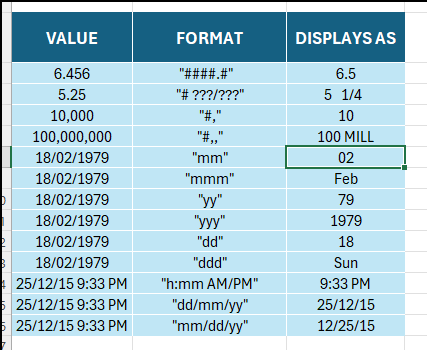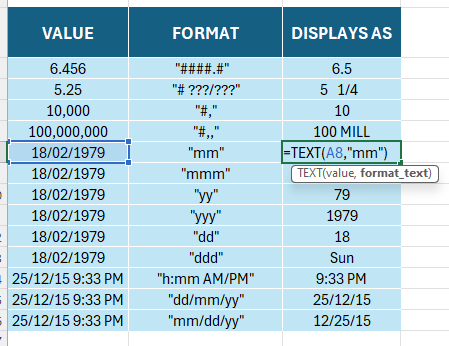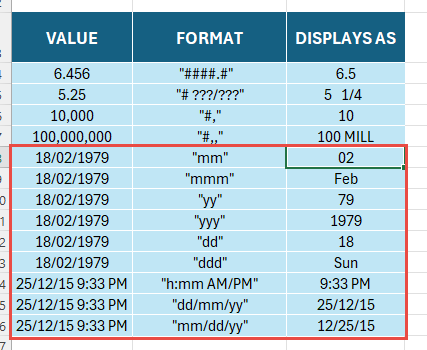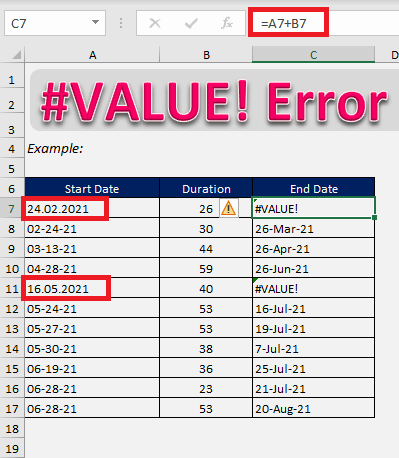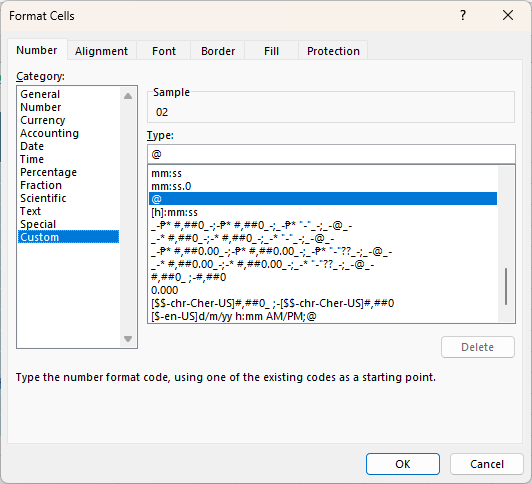If you’ve ever felt overwhelmed by the tasks of sorting, formatting, and presenting data in Excel, the TEXT function might just be the life-saver you need. This nifty tool can streamline your workflows by turning complex data into readable formats without breaking a sweat. Imagine being able to convert those pesky date formats into a consistent style or swiftly combining numbers and text to create informative headers – all with a single function!
Key Takeaways:
- The Excel TEXT function allows users to convert numbers into text with specified formatting, enabling the display of data in a more readable or required format. This can be particularly useful when dealing with dates, times, and numerical data that need to conform to specific report formats or stylistic guidelines.
- Examples of format codes within the TEXT function include patterns like “dd/mm/yyyy” for dates, “hh:mm:ss AM/PM” for times, and “#,##0.00” for numbers, which help define the structure of the resulting text string. Understanding these codes is critical for applying the correct formatting to various data types.
- The TEXT function is versatile and can also be used to concatenate text strings and values. For instance, combining static text with formatted numbers to create dynamic and informative labels or descriptions directly within a spreadsheet cell, without additional concatenation functions or formulas.
- Common errors with the Excel TEXT function often relate to invalid format codes or incorrect references. Users must ensure they use supported format codes and validate the references to prevent errors such as “#VALUE!” from appearing in the cells where they apply the TEXT function.
Table of Contents
Understanding the Role of TEXT Function in Data Formatting
The TEXT function serves a crucial role in the data formatting realm of Excel, bridging the gap between raw data and user-friendly information. It gives you unparalleled control over how your data appears, allowing you to define text, dates, and numbers in various ways that best suit your needs or the expectations of your audience. Whether you want to display figures in a certain currency, showcase dates in a specific format, or even manipulate how large numbers are presented, the TEXT function steps in to make data not only more legible but structured in a way that enhances comprehension.
You can see the following possible formats below:
|
To display |
As |
Use this format |
|
1234.59 |
1234.6 |
“####.#” |
|
8.9 |
8.900 |
“#.000” |
|
0.631 |
0.6 |
“0.#” |
|
1234.568 |
1234.6 |
“#.0#” |
|
5.25 |
5 1/4 |
“# ???/???” |
|
12000 |
12000 |
“#,###” |
|
12000 |
12 |
“#,” |
|
12200000 |
12.2 |
“0.0,,” |
|
Months |
1–12 |
“m” |
|
Months |
01–12 |
“mm” |
|
Months |
Jan–Dec |
“mmm” |
|
Months |
January–December |
“mmmm” |
|
Months |
J–D |
“mmmmm” |
|
Days |
1–31 |
“d” |
|
Days |
01–31 |
“dd” |
|
Days |
Sun–Sat |
“ddd” |
|
Days |
Sunday–Saturday |
“dddd” |
|
Years |
00–99 |
“yy” |
|
Years |
1900–9999 |
“yyyy” |
|
Hours |
0–23 |
“h” |
|
Hours |
00–23 |
“hh” |
|
Minutes |
0–59 |
“m” |
|
Minutes |
00–59 |
“mm” |
|
Seconds |
0–59 |
“s” |
|
Seconds |
00–59 |
“ss” |
|
Time |
4:00 AM |
“h AM/PM” |
|
Time |
4:36 PM |
“h:mm AM/PM” |
|
Time |
4:36:03 PM |
“h:mm:ss A/P” |
|
Time |
36:03.8 |
“h:mm:ss.00” |
Demystifying TEXT Function Syntax and Usage
Breaking Down the Formula: Syntax Essentials
Diving into the syntax of the TEXT function, it’s quite straightforward. The formula takes on two arguments: the value you want to format and the format code that defines how this value should appear. The structure looks like =TEXT(value, "format_code"). The value is what you’re aiming to reshape, be it a date, number, or another piece of data. The format_code is a powerful component where you specify the desired format using predefined codes for dates, times, numbers, and more. It’s about matching the right code to your data to achieve the desired textual representation.
STEP 1: For example, we want to get the month of the date. So we type in: =TEXT(A8,”mm”)
STEP 2: We immediately get the results thanks to the TEXT function.
Practical Tips for Effective TEXT Function Use
When using the TEXT function, there are a few practical tips that can make your life easier. To start, always preview your format codes in an empty cell before applying them to ensure they work as expected. Keep a list of frequently used format codes handy for quick reference; this saves time and reduces errors. Also, remember that while the TEXT function is great for displaying data, it converts numbers to text, which means you can’t perform calculations on them directly—plan accordingly. And lastly, consider combining TEXT with other functions for complex formatting needs. Master these tips, and you’ll be on your way to becoming a TEXT function wizard.
Advanced Formatting with the TEXT Function
Custom Date and Time Formats Made Easy
Gone are the days of fiddling with pesky date and time formats that don’t quite fit your preferences or needs. With Excel’s TEXT function, you can easily tailor the appearance of date and time information in your spreadsheets. From rearranging the day, month, and year components, to defining whether you want a 12-hour or 24-hour clock display, the options are virtually limitless. Interested in adding textual elements like “hrs” and “mins” to time intervals? It’s a breeze! Access the custom number formats, find your preferred date or time type, tap in the right code, and voilà – your data is both informative and aesthetically pleasing.
Financial and Numerical Data Presentation
Financial and numerical data can often appear as a sea of digits that are intimidating at first glance. The TEXT function in Excel empowers you to present this data in a way that’s much easier on the eyes. Whether it’s including currency symbols, decimal places, commas for thousand separators, or even displaying negative amounts in red or in parentheses, TEXT handles it with elegance. This not only adds clarity to financial statements and reports but also increases accuracy by preventing misinterpretation of figures. Think of it as tailoring your numerical data to speak the language of your stakeholders, with precision and transparency.
The Intersection of TEXT Function with Other Formulas
Combining TEXT Function with Logical Operations
Blend logical operations with the TEXT function, and Excel becomes a powerhouse for dynamic data management. Pair TEXT with IF statements to conditionally format data, making cells react to specific criteria with tailored text formats. You could, for instance, flag up dates that are approaching a deadline or highlight revenue changes that surpass a certain threshold. This combination is particularly useful for dashboards and reports where you want key information to stand out or be interpreted in context.
Creative Uses of TEXT with Lookup Functions
When you blend the TEXT function with lookup functions like VLOOKUP or INDEX-MATCH, your data analysis and presentation get a creative boost. This pairing lets you retrieve information and simultaneously format it without altering the source data. For example, you can extract a price from one table and display it in a currency format in another report, all in a single formula. The key is to nest the TEXT function within your lookup formula, so as you pull the data, it’s already dressed up for the occasion.
Overcoming Common Hurdles with TEXT Function
Troubleshooting Typical Issues and Errors
When you hit a snag with the TEXT function, don’t fret—troubleshooting is part of the journey to mastery. A common hiccup is the #VALUE! error, which usually pops up when the format code is incorrect or the value isn’t compatible with the TEXT function. Double-check those format strings, and ensure your value is actually a number or a date. Another frequent issue is the appearance of unexpected results, such as a date formatted as a string of numbers. This often means revisiting the syntax and format codes to iron out any kinks. Remember, when in doubt, Excel’s trusty Help feature is your go-to resource.
Performance Optimization for Large Datasets
Dealing with large datasets can significantly impact performance, but with smart optimization strategies, you can maintain efficiency. One key is to limit the use of the TEXT function only to the final stage of your report or output, preventing unnecessary processing in intermediary steps. Also, keep the formatting simple; overcomplicated custom formats can slow down your spreadsheets. Where possible, convert TEXT formula results back to values once the desired format is achieved. This step avoids continuous recalculations and keeps your workbook zippy.
Expert Tips and Tricks for TEXT Function Mastery
Leveraging Hidden Features of TEXT Function Formulas
Excel’s TEXT function is much like an iceberg – what’s on the surface is impressive, but there’s even more to discover underneath. One hidden gem is its ability to work with conditions and arrays to format only specific entries that meet certain criteria. Another subtle yet powerful feature is the function’s harmony with Excel’s custom formats, enabling the design of truly unique data representations. Additionally, mastering lesser-known format codes can bring a wow factor to your data visualizations that few users will know how to replicate.
Maximum Impact: Shortcuts and Efficiency Techniques
To make the most of the TEXT function, embrace shortcuts and efficiency techniques. Instead of manually typing format codes, use the cell format dialog to explore and test formats, then copy-paste the code into your TEXT function. Create and save custom formats for repeated use across multiple workbooks. Utilize named ranges to streamline your formulas, making them easier to read and manage. The more you fine-tune your workflow with these efficiency boosters, the faster you’ll become at converting your raw data into visual stories that speak volumes.
FAQs on Mastering TEXT Function in Excel
When Should You Use the TEXT Function Instead of Standard Formatting?
Use the TEXT function when you need the formatted data to remain static or combined with other text in a cell. Standard formatting is good for visual presentation, but when you want to embed a specific format within a formula or concatenate numbers and text together, TEXT ensures the format is carried through. For example, using TEXT is crucial when creating serial numbers or generating reports that get exported, where the format needs to be preserved regardless of the application used to view the data.
How to Ensure TEXT Function Results Remain Dynamic and Updatable?
To keep TEXT function results dynamic and updatable, link your TEXT formula directly to source cells that contain the raw data. This why, whenever the source data changes, the TEXT function will automatically reformat the new data according to your specified format. Avoid hard-coding values into your TEXT formulas to ensure they update when the source does. Additionally, use dynamic named ranges or table references for scalability; even as your dataset grows, your TEXT-based formulas will adapt accordingly.
What is the formula text function?
The TEXT function formula in Excel transforms a numeric value into a text string, formatted according to the pattern specified in the formula. The basic syntax is =TEXT(value, "format_text"). The value is the number or date you want to format, and format_text is a string that defines the desired text format. This could include date-time formats, number formats with decimals and commas, currency symbols, and more. By using the TEXT function, you can control how your data is displayed without changing the underlying values.
John Michaloudis is a former accountant and finance analyst at General Electric, a Microsoft MVP since 2020, an Amazon #1 bestselling author of 4 Microsoft Excel books and teacher of Microsoft Excel & Office over at his flagship MyExcelOnline Academy Online Course.

